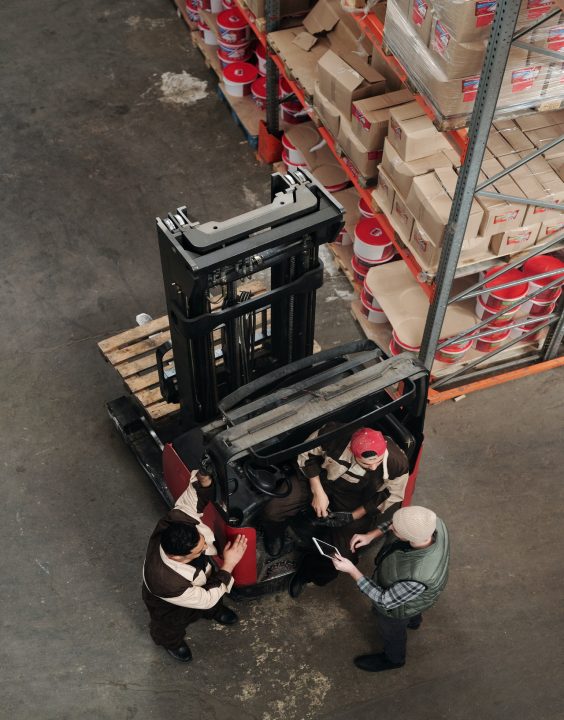How to organize storage in small warehouse?
A warehouse is a place where goods are stored, so it is usually located in every store, manufacturing company, and any other firm specializing in sales. Occasionally, however, it may happen that the amount of goods exceeds the company’s storage capacity. The small storage space makes it more difficult to operate, which leads to reduced work efficiency and thus lower profits. How to organize storage in a small warehouse to make it is possible to store more goods in it while maintaining the comfort and convenience of the team’s work?
Warehouse space division into zones
Small storage space is not necessarily an obstacle to planning the distribution of individual product groups, as well as to creating specific zones for certain purposes. This is especially important in the case of small areas because it allows you to control potential chaos and disorder. Designate a place for unloading the goods, as well as repackaging them when they are delivered to the customer or store. Each company has products that are sold more frequently, and products that are less popular among consumers. Place the first ones in the nearest packaging area so that they are always ready to ship. A correct organization of a small warehouse also requires dividing all products into groups (this is not just a task for owners of large warehouse spaces and product resources). In a smaller room, the products are often placed closer to one another, and so are the shelves. Therefore, it is more difficult to find the product you are looking for. Let everyone have their own place, marked accordingly.
Use all the space that is available
The smaller space, the greater creativity is needed, and the greater the necessity to choose warehouse equipment carefully. If you wonder how to organize small warehouse, maximum usage of the entire space is key. Small storage space should be organized not only in a horizontal but also in a vertical system. What does it mean in practice? Plan the rack system in such a way that the shelving covers the entire height of the room, the top ones being right under the ceiling. Thanks to this, we can place more goods in a smaller area, leaving adequate space for workers and forklifts to move around and operate. You can follow the solutions offered by Logitower racks, which allows you to store more goods even in warehouses with very limited capacity.
How to organize storage in small warehouse using Logitower racks?
How to organize a small warehouse in such a way that it has a lot of storage space while maintaining employee safety and comfort? Choose shelves that use all the available room height. A small warehouse needs also an appropriate system that would help the staff deliver goods to higher shelves, for example, suitable elevators. Only then high shelving systems will be used fully and properly, without any obstacles and unnecessary great effort of employees. In addition, the racks should be adapted to the type, size, and shape of the goods. Very often, it is the mismatch of stored objects that makes the shelf space difficult to use. Logitower rack systems allow storage of goods in various shapes, including, long ones, such as pipes and metal sheets, on comfortable shelves with sufficient depth. Honeycomb storage system or the double stock system are useful and space-saving devices deisigned for enormous and smaller warehouses.
Customized products – remedy for smaller spaces
Besides, the systems offered by Logitower are designed individually according to customer needs. In a small storage space, this maximizes the chance of using the entire room that is available. A two-tower rack with access to the goods from the front and back is another interesting solution, which definitely facilitates the work of warehouse operators. Thanks to side extensions, Logitower shelving works very well also during loading and unloading procedures, which is worth using when dividing a small warehouse into zones.
While organizing a small warehouse, the most important aspects include a good plan of the room and the division of the warehouse into zones, the use of the entire height of the room and the selection of racks that allow the storage of a large number of different goods without wasting the existing space on all shelves.






